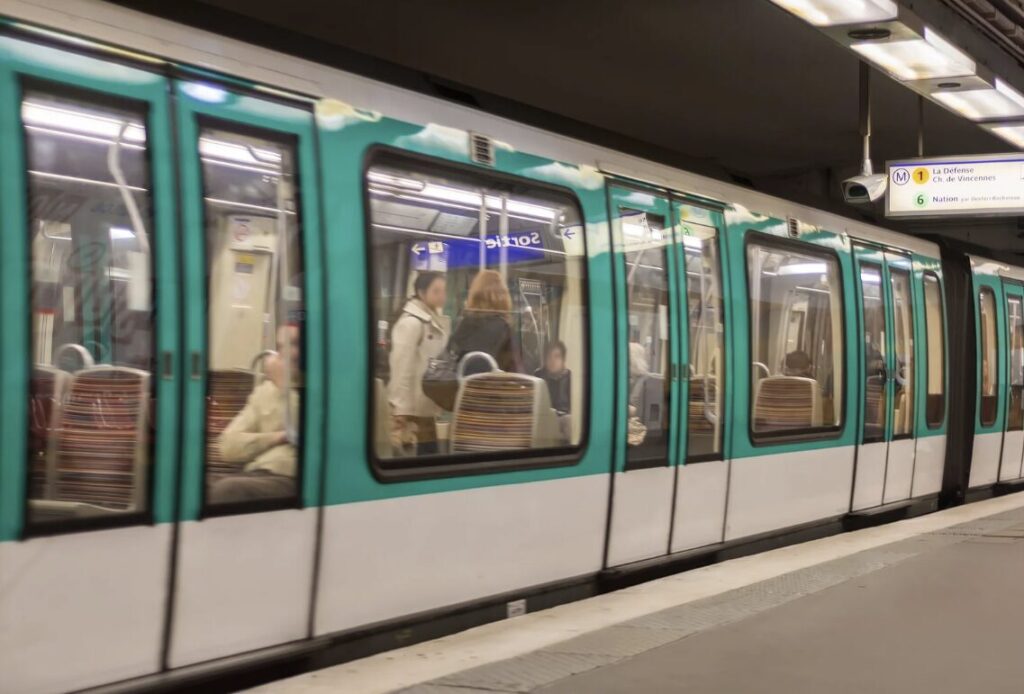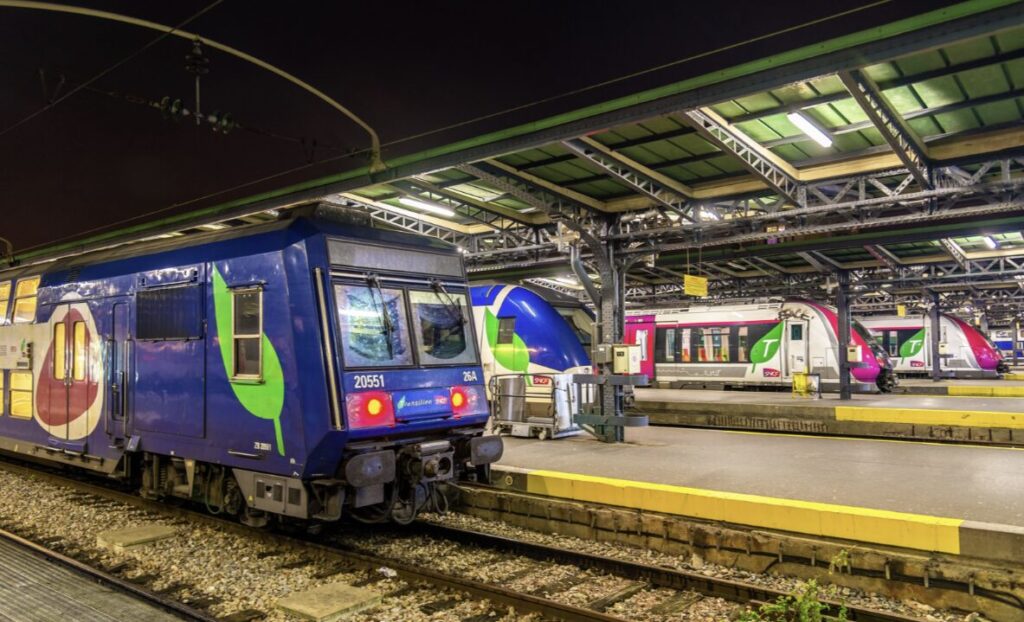Your ultimate guide to the public transportation system in Paris!

Navigating the bustling streets of the famous capital of France, Paris can be an adventure in itself. However with the city’s efficient public transportation system, getting around becomes a breeze. In this guide, we’ll delve into the essentials of Parisian public transit, from the iconic metro to the expansive bus network and even nocturnal options. Whether you’re a first-time visitor or a seasoned traveler, understanding these transport modes will elevate your Parisian experience to a next level.
1. The Parisian Metro System, a rapid underground Network:
Paris, the famous french capital, boasts an extensive metro system that efficiently connects the city’s various districts. Comprising 16 lines labeled from 1 to 14 and additional variations (3bis, 7bis), the metro is a quick and reliable mode of transportation for both locals and tourists. Each line is color-coded and connects major landmarks, making it a convenient choice for navigating the heart of Paris.
Ensure you understand the ticketing system, which includes single journey tickets, day passes, and weekly or monthly subscriptions. Familiarize yourself with metro maps, available both online and at metro stations, to plan your routes effectively.

2. The RER Network (Regional Express Railways):
The Réseau Express Régional (RER) is a suburban rail network connecting Paris to its surrounding suburbs. Labeled A to E, RER lines provide rapid transit across greater distances. For example, RER A takes you from the city center to Disneyland Paris. Understanding the RER network is essential for those wanting to explore attractions beyond the city limits.
Pay attention to interchange stations where metro and RER lines intersect. These hubs are crucial for seamless transitions between the metro and RER networks. Be cautious to not get lost in the station and always read the signs for direction guidelines.

3. RATP Buses:
Extensive Bus Network:
The Régie Autonome des Transports Parisiens (RATP) operates an extensive bus network throughout Paris. Buses are an excellent option for reaching destinations not served by the metro or RER. They provide a scenic and leisurely way to explore the city.
Familiarize yourself with bus stops and schedules, available at each stop and online. Buses display their routes on the front, making it easy to identify if it serves your destination.

4. Noctilien Night Buses:
Night-Time Transportation:
For those exploring Paris after dark, the Noctilien night bus service is a lifeline. Operating from around midnight to 5:30 AM, Noctilien covers a wide array of routes, ensuring you can reach your destination even during the late hours.
While Noctilien is a convenient option, be vigilant about your surroundings and belongings, especially when traveling late at night. Stick to well-lit areas and consider alternative transportation options if safety is a concern.

5. Tips and Cautions:
a. Peak Hour Awareness:
Avoid the metro and buses during peak hours (8 AM to 9:30 AM and 5:30 PM to 7 PM) to minimize crowds and ensure a more comfortable journey.
b. Validate Your Ticket:
Always validate your metro or bus ticket before boarding. Ticket inspectors are vigilant, and fines for non-validated tickets can be hefty.
c. Plan Your Route:
Utilize online journey planners or mobile apps to plan your route efficiently. This ensures you make the most of your time and avoid unnecessary detours.
d. Language Assistance:
While many transport signs are in French, major stations and key information are often available in English. Don’t hesitate to ask for assistance from station staff or fellow travelers.
In conclusion, mastering the Parisian public transport system opens up a world of exploration in the City of Lights. From the iconic metro to the expansive bus network, each mode of transport offers a unique perspective of Parisian life. By understanding the intricacies of the system and heeding practical advice, you’ll navigate the city with confidence and ease. Bon voyage! (Safe travels!)
